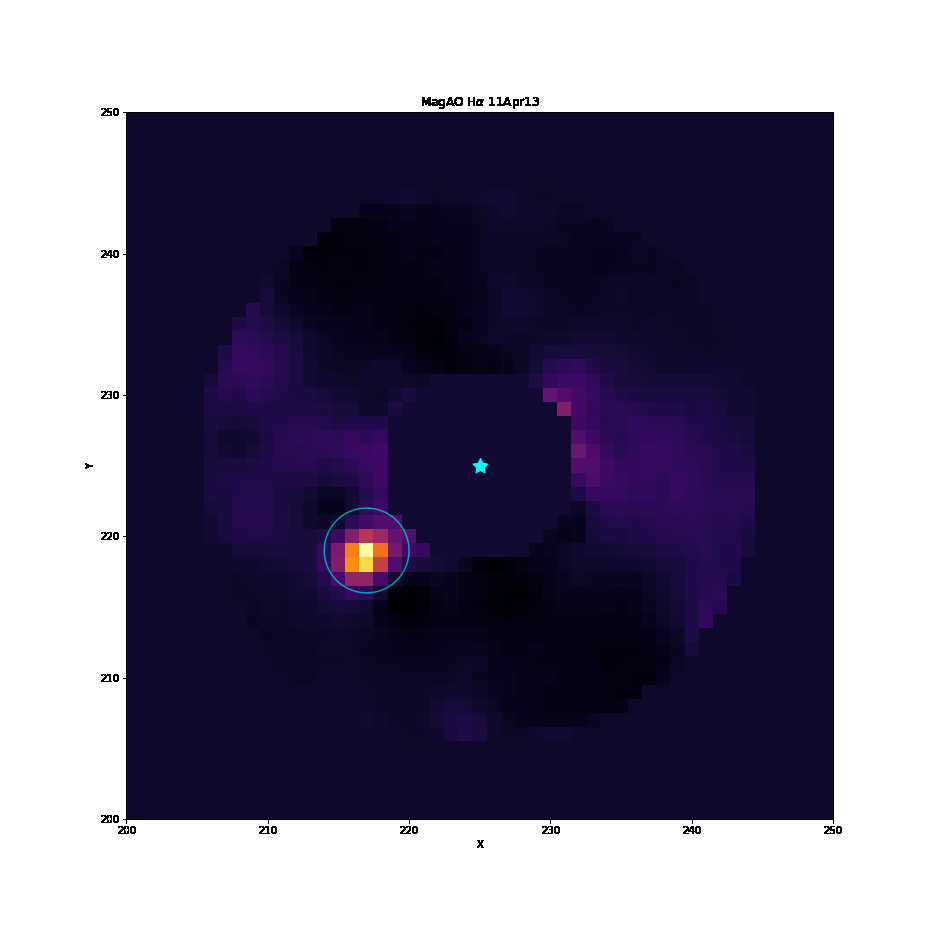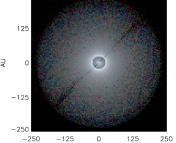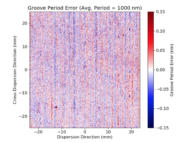The Undergraduate Research series is where we feature the research that you’re doing. If you are an undergraduate that took part in an REU or similar astro research project and would like to share this on Astrobites, please check out our submission page for more details. We would also love to hear about your more general research experience!
William Balmer
Amherst College
This guest post was written by William Balmer. William Balmer is a senior undergraduate, double majoring in Astronomy and Physics at Amherst College in Amherst, Massachusetts. They are conducting this research at Amherst under the direction of their advisor Dr. Katherine B. Follette. Recent results of this project were presented at the 237th AAS meeting and the work will be submitted for publication in Summer 2021.
Planets form from circumstellar disks, pancakes of gas and dust which gather around a newly formed star. Circumstellar disks exhibit a wide variety of structures (rings, spiral arms, and gaps) which continue to be revealed by high resolution imaging. Many of these structures are sculpted by growing planets embedded within the disk. The most striking of these disk features are transition disk gaps, which extend for tens (or even hundreds) of AU and are shaped by embedded planets or low-mass binary companions that disrupt the disk as they orbit the host star. Within the disk, these companions grow in mass by gravitationally attracting gas and dust from the disk in a process called accretion. Observations of these embedded, accreting objects help us answer questions about how circumstellar disks are dispersed, and how massive planets like Jupiter grow. A young binary system named HD 142527 might hold keys to understanding these questions.
HD 142527A hosts a circumstellar disk with a wide gap. HD 142527B is at least 20x less massive than HD 142527A and orbits within the transition disk gap between 10 and 100 AU. Previous work suggests that this gap might be carved solely by HD 142527B, but there is a distinct possibility that additional giant planets at wider separations also help to carve the cavity. B was discovered and subsequently characterized via a technique called “direct imaging,” using adaptive optics at the Very Large Telescope. Adaptive Optics (AO) systems work to counteract the distorting effects of the Earth’s atmosphere in order to achieve high resolution images, and are necessary for observing close in companions to stars, like exoplanets (or HD 142527B).
I hope to understand whether or not B is solely responsible for opening the cavity in the disk and how fast B is growing. I used Magellan Adaptive Optics (MagAO) direct images of HD 142527B taken over 5 years in order to measure the orbit and rate of growth of the companion. In order to observe B, I removed excess light from the brighter A, using an algorithm called pyKLIP. pyKLIP also has functionality which allowed me to precisely determine the position of B in each of my images, even after starlight subtraction. With this precise astrometry, I will next use the orbitize! tool to determine the orbit of B. If the orbit is eccentric and highly inclined, then the disk gap is likely generated solely by B. Additionally, these images are taken with a H-alpha (λ=656nm) filter, which highlights where B pulls gas from the disk onto its surface. Using this information, I will measure the mass accretion rate, or how fast B is growing, and track how this rate changes over time. This work will inform future observations of accreting protoplanets and help to build a more complete understanding of the formation and evolution of embedded circumstellar objects.

Edited by: Briley Lewis




